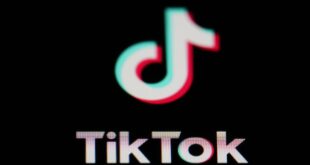Emojis have become a universal language in the digital world, enabling emotions and ideas to be conveyed quickly and effectively. But how people interpret emojis may vary considerably according to their gender, age and culture, reports a recent study published in the Plos One journal.
This study analysed the behavior of 523 people (243 from China, 270 from the UK, including 51% women and 49% men, aged 18 to 84) according to gender, age and cultural background.
Participants were asked to assess the emotion corresponding to a series of 24 emojis representing six different emotional states: happy, disgusted, fearful, sad, surprised and angry.
Each of the six emojis studied was represented four times via emoticons from four common platforms (Apple, Android, WeChat and Windows).
Results revealed that participants’ age, gender and culture all had a significant impact on their interpretation of emojis. This finding has important implications for the use of emojis in cross-cultural conversations.
The researchers note that, “the older the participant, the less their interpretations matched the labels for surprised, fearful, sad and angry emojis,” explains the study news release. Young people proved better able to accurately recognise emotions in emoticons.
In terms of gender, women tended to be able to more accurately match feelings such as happy, fearful, sad and angry to emojis than men. As for the surprised and disgusted emoticons, women and men proved just as good at identifying them.
“The identification of surprise necessitates processing of both the upper (the eyes) and lower parts (nose and mouth) of the face,” the study authors write. “Females were more likely to look at the eyes and males looked more to the mouth, which may result in similarly high accuracy in identifying surprised expressions for both genders.”
According to the study, the Chinese participants were, on the whole, less likely to correctly identifying the emotion than their UK counterparts.
However, the researchers note that people may use emojis in different ways in China. For example, while the smiley emoticon symbolises happiness for most Internet users, in China, this emoji is often used for more negative feelings, like sarcasm.
“Eastern people tended to refer to the same thing with entirely different emoji compared to Western people,” the study authors state.
However, the researchers stress the need for further research in this area: “In our study, we did not ask participants for demographic information beyond gender, age, and culture. In future, it would be interesting to consider a more detailed profile of the participants, including further individual differences which might be relevant to facial emotion recognition ability.” – AFP Relaxnews
 BeritaKini.biz Berita Viral Terkini di Malaysia
BeritaKini.biz Berita Viral Terkini di Malaysia





